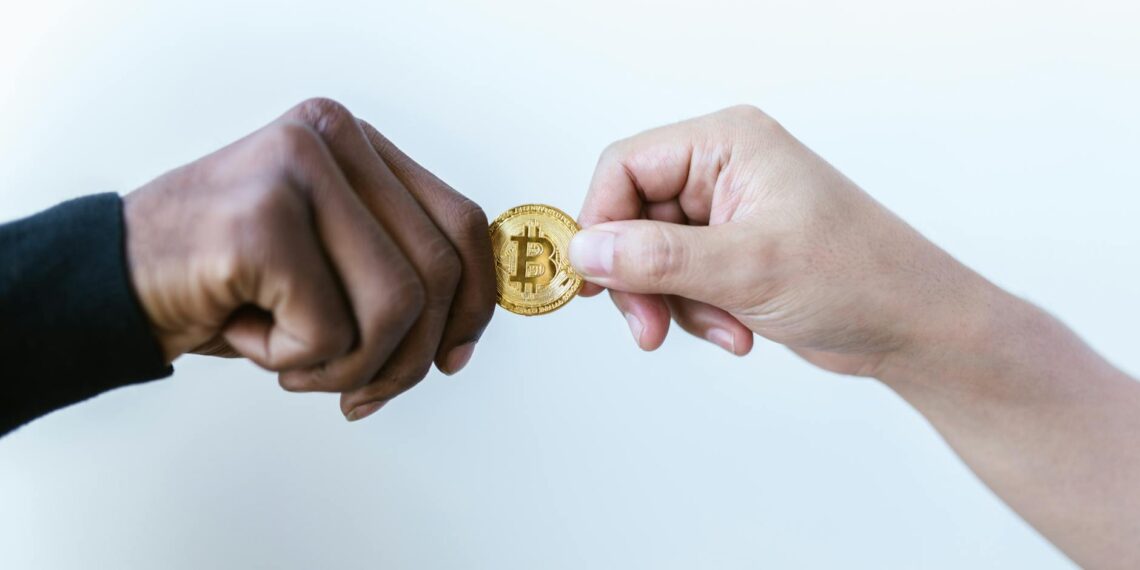The value of a 1966 Washington Quarter can vary significantly based on its condition and any unique features.
- Most Common Value: In most cases, a circulated 1966 Washington Quarter will be worth its face value of $0.25.
- Factors Affecting Value: Several factors can increase the value above face value:
– Uncirculated Condition: Quarters in uncirculated condition, meaning they show no signs of wear from circulation, can be worth between $1 and $10 for standard coins in lower Mint State (MS) grades.
– Higher Grades: As the grade of an uncirculated coin increases, so does its potential value. For example, a 1966 quarter graded MS68+ once sold for $21,000. [According to Gainesville Coins] , uncirculated 1966 quarters graded MS65 and higher can start at $15 and go up significantly.
– Special Mint Sets (SMS): The U.S. Mint produced Special Mint Sets for collectors in 1966. These coins generally have a higher quality finish than regular circulation coins. SMS coins are worth between $3 and $50+, depending on quality and designations. SMS coins with “Cameo” or “Deep Cameo” effects, which refer to a frosty image against a mirror-like field, can be even more valuable. For example, an SMS quarter graded MS67DCAM sold for $3,738 in a 2006 auction.
– Errors and Varieties: Coins with errors or varieties can be significantly more valuable. Examples include:
– Doubled Die Reverse (DDR): This occurs when the die imprints the design twice, resulting in a doubled image. A 1966 DDR quarter in XF45 condition sold for $920.
– Missing Clad Layer: A rare error where the outer layers of the coin are missing on both sides.
– Struck-through errors: Objects getting between the die and the coin blank during striking, creating imperfections.
– Off-center strikes: The coin blank not being centered correctly during striking.
– Struck on Wrong Planchet: Extremely rare and valuable.
- No Silver Content: Unlike quarters minted before 1965, 1966 quarters are made of a copper-nickel clad composition and contain no silver.
- No Mint Mark: In 1966, all quarters were minted in Philadelphia and did not have a mint mark. The absence of a mint mark on a 1966 quarter is therefore not an indicator of rarity or value.
Note: A 1966 quarter holds historical significance as it marks the second year of the transition from 90% silver coins to copper-nickel clad composition.










